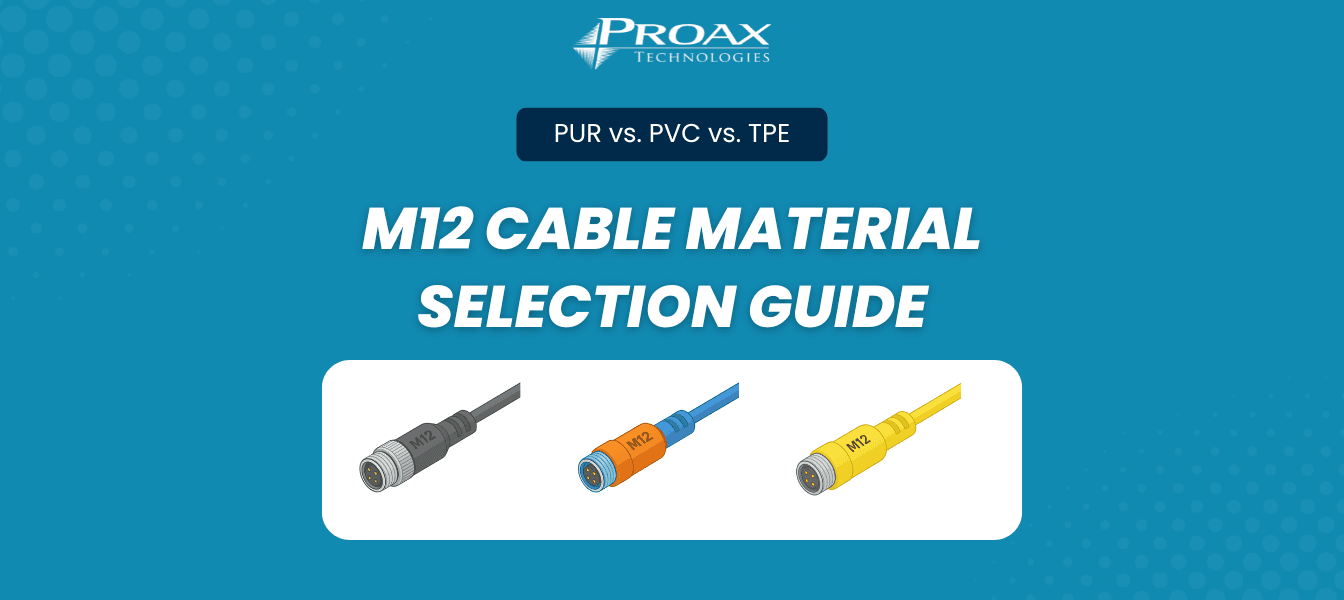A Human Machine Interface (HMI) is a user interface or dashboard that connects a person to a machine, system, or device. It acts as a communication bridge, allowing humans to monitor, control, and interact with machines through a mix of hardware (like buttons, touchscreens, and sensors) and software (visual dashboards, alarms, and feedback systems). While any device interface can be considered an HMI, the term is most commonly used in industrial and automation contexts.
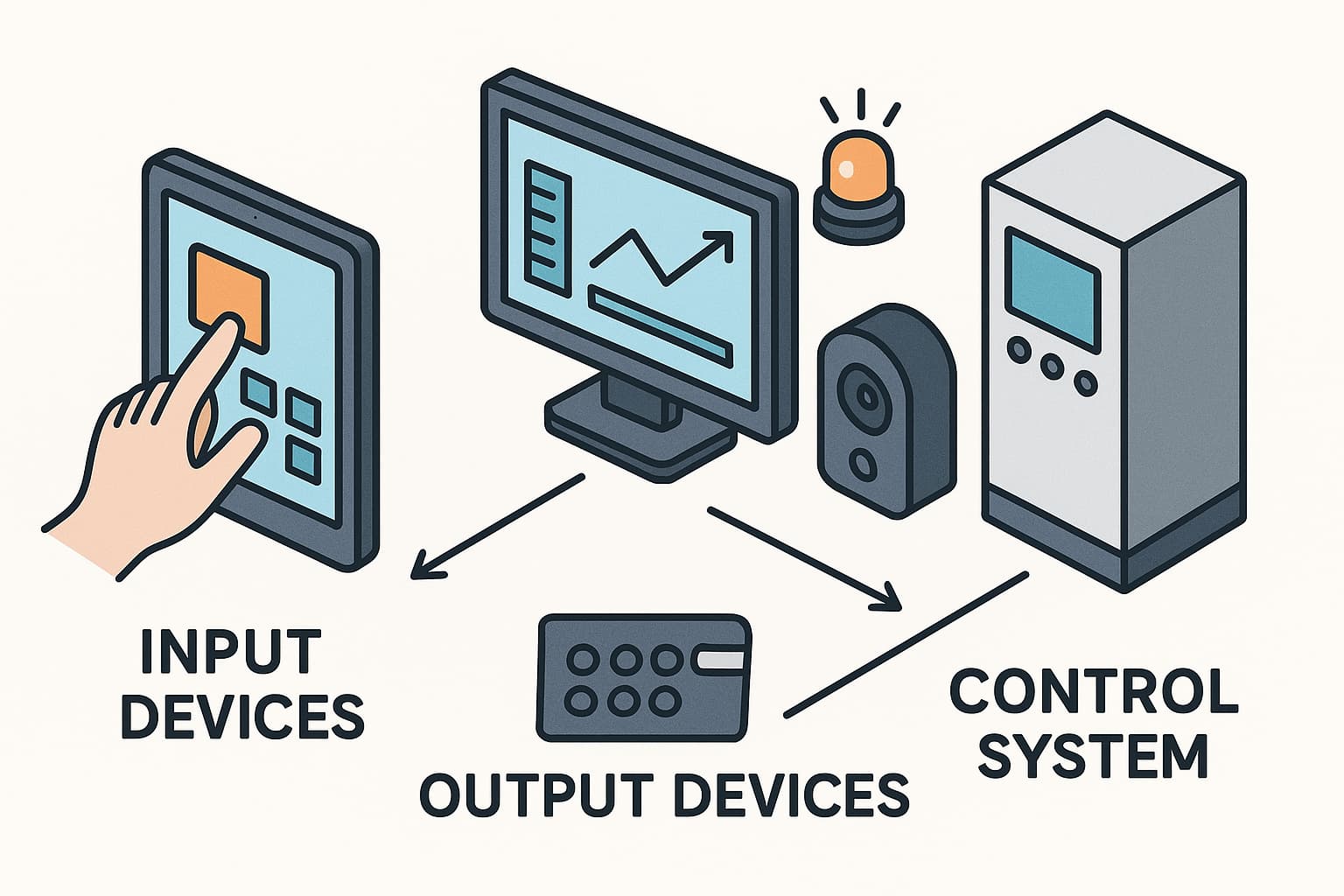
How Does an HMI Work?
An HMI system typically consists of:
- Input Devices: Tools like touchscreens, buttons, keyboards, or even voice recognition, allowing users to send commands to the machine.
- Output Devices: Displays, lights, alarms, or speakers that provide feedback or information to the user.
- Control System: The intermediary that processes user input and translates it into machine commands, while displaying system status and feedback.
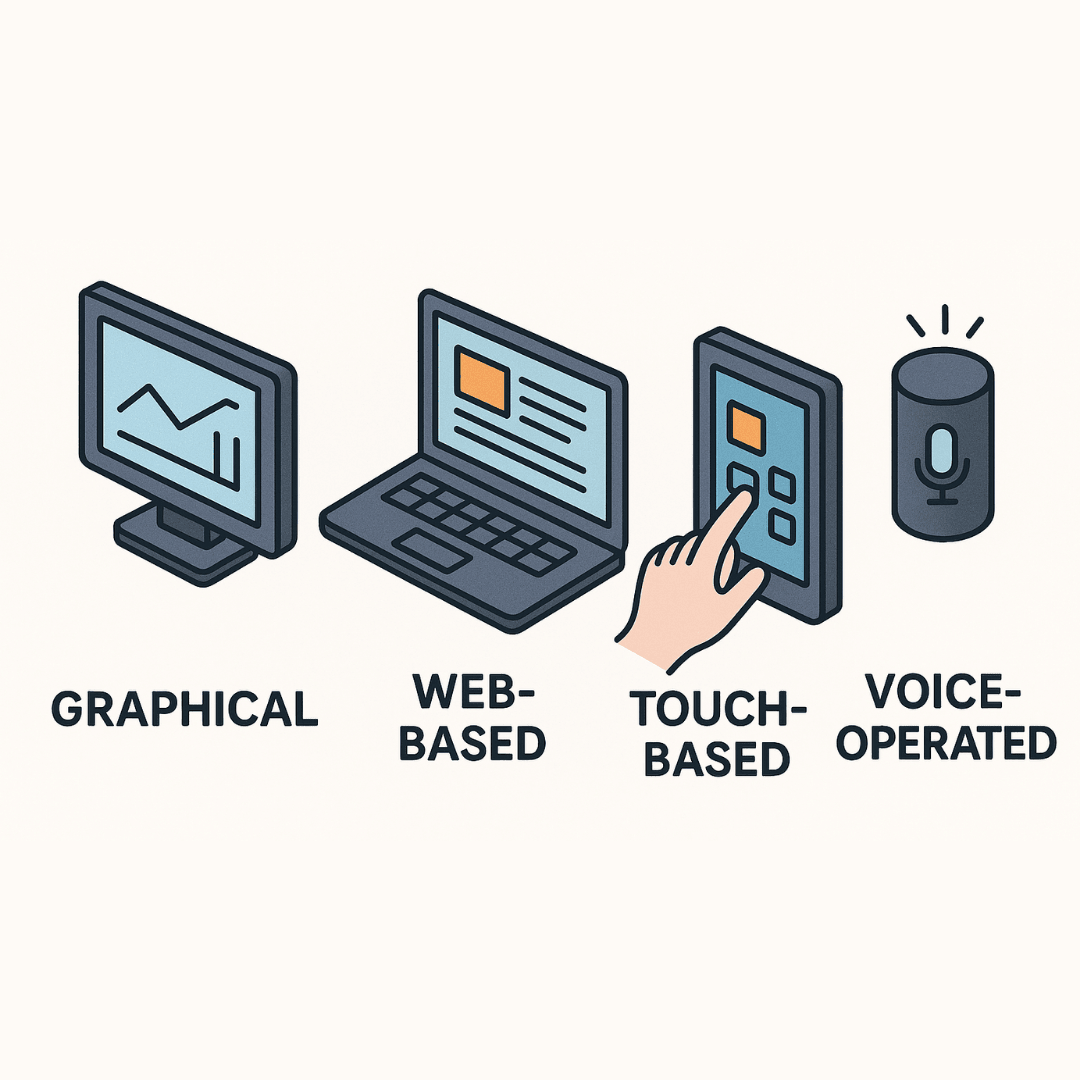
Types of Human Machine Interfaces
Modern HMIs come in various forms, each suited to specific applications:
- Physical Controls: Traditional buttons, switches, and dials.
- Digital Interfaces: Touchscreens, graphical displays, and computer-based dashboards.
- Immersive Technologies: Augmented reality (AR) and virtual reality (VR) interfaces for advanced visualization and interaction.
- Biometric Interfaces: Systems that use fingerprints, facial recognition, or voice for secure and personalized access.
- Brain-Computer Interfaces (BCIs): Direct communication between the brain and external devices, enabling control through neural activity.

Key Applications of HMI
HMIs are integral to a wide range of industries and everyday technologies:
- Industrial Automation: Monitoring and controlling production lines, machinery, and processes in factories.
- Automotive: Vehicle dashboards, infotainment systems, and advanced driver assistance features.
- Consumer Electronics: Touchscreens on smartphones, appliances, and wearables.
- Healthcare: Medical devices use HMIs for patient monitoring, data visualization, and device control.
- Building Automation: HMIs manage HVAC, lighting, security, and energy systems.
- Energy Management: Power plants and renewable energy systems rely on HMIs for monitoring and control.
- Transportation & Logistics: Public transport systems, fleet management, and air traffic control.
- Retail & Hospitality: Self-service kiosks, point-of-sale systems, and digital signage.
- Agriculture: Precision farming, greenhouse management, and livestock monitoring.
Benefits of HMI Technology
- Efficiency: Simplifies complex operations, enabling faster and more accurate control.
- Safety: Provides real-time alerts and monitoring to prevent accidents and errors.
- User Experience: Makes technology more accessible and intuitive, reducing the learning curve.
- Cost Savings: Optimizes energy use, minimizes waste, and reduces downtime through predictive maintenance and data-driven insights.
Omron HMI Series: The Industry Standard
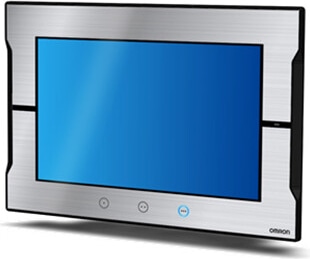
NA Series: Advanced Programmable Terminal/HMI
Enable faster, more efficient control and monitoring with wide screen models: 7, 9, 12 and 15 inches.
The NA family of HMI terminals makes it fast and easy to implement dynamic intuitive user interfaces that will boost productivity and minimize downtime. Scalable with widescreen sizes of 7”, 9”, 12”, 15”.
- Complete functionality scalable with widescreen across 7”, 9”, 12”, 15” range
- Available in black or silver
- High resolution (1280 × 800 pixel for 12” and 15”, 800 × 480 pixel for 7” and 9”)
NB Series: Touch-Screen HMIs for OEM
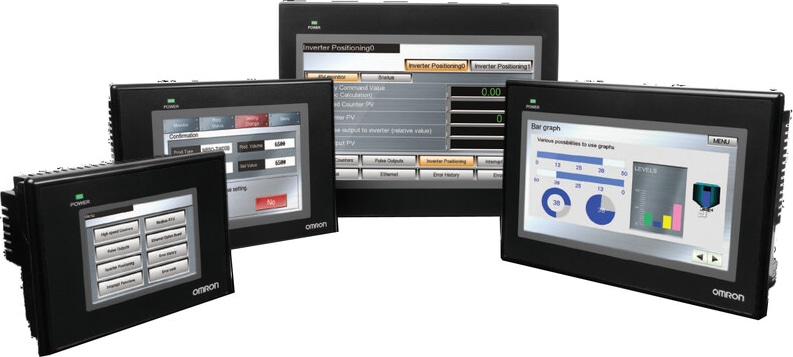
The Omron NB Series family provides a feature-rich, dependable and economical HMI lineup for machine builders.
- Available in 3.5, 5.6, 7, and 10.1 inch sizes
- 65K Colour TFT, Long-life 50,000 Hour LED Backlight
- Extensive graphics library and animation capabilities
- USB memory stick support, multi-language support, offline simulation
Sysmac Studio
Sysmac Studio integrates logic, motion, robotics, safety, and visualization in a single environment. It simplifies engineering and maintenance with integrated simulation and team development features.
- Logic, motion, and drive integration
- Robotics and safety support
- Explore Sysmac Studio for free for 30 days
Explore Our HMI Categories
Conclusion
Human Machine Interfaces are essential in modern automation, enabling smooth interaction between humans and machines. At Proax, we offer a wide range of Omron HMI solutions to meet your automation needs. Need help selecting the right HMI? Contact us today!













































